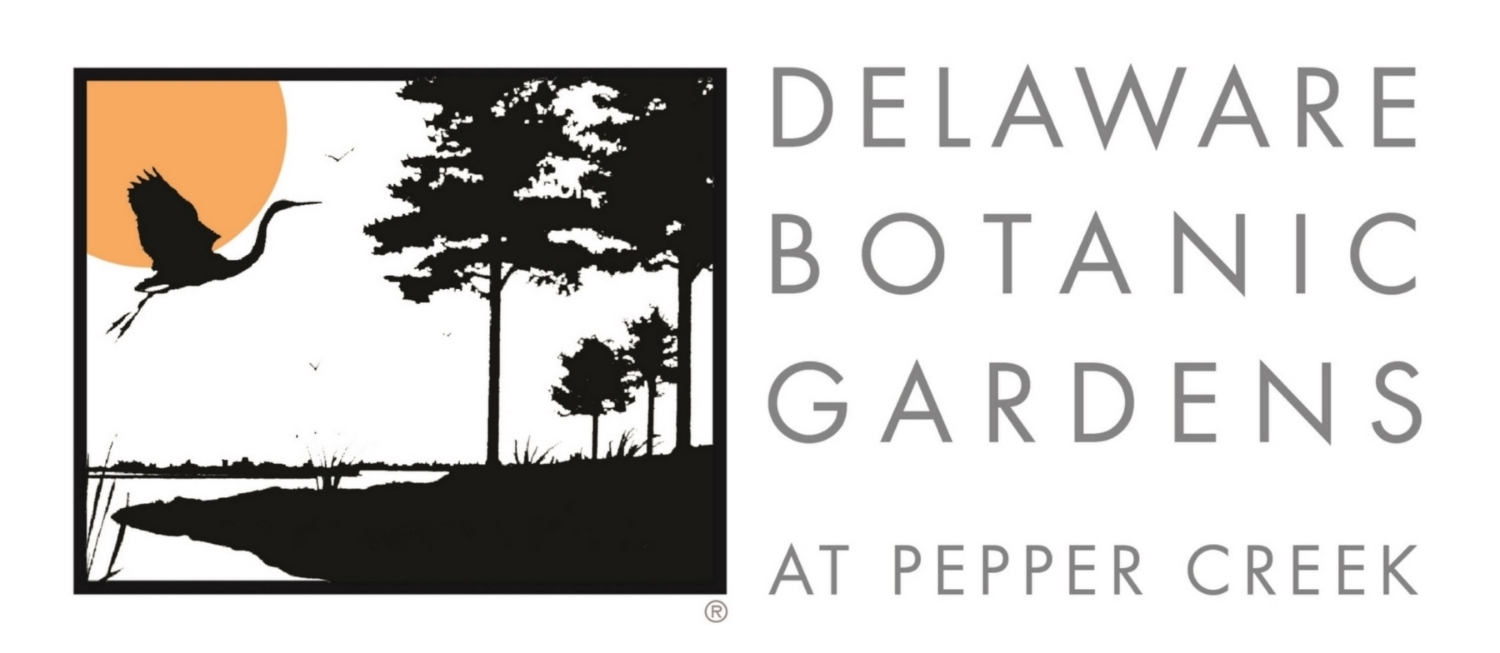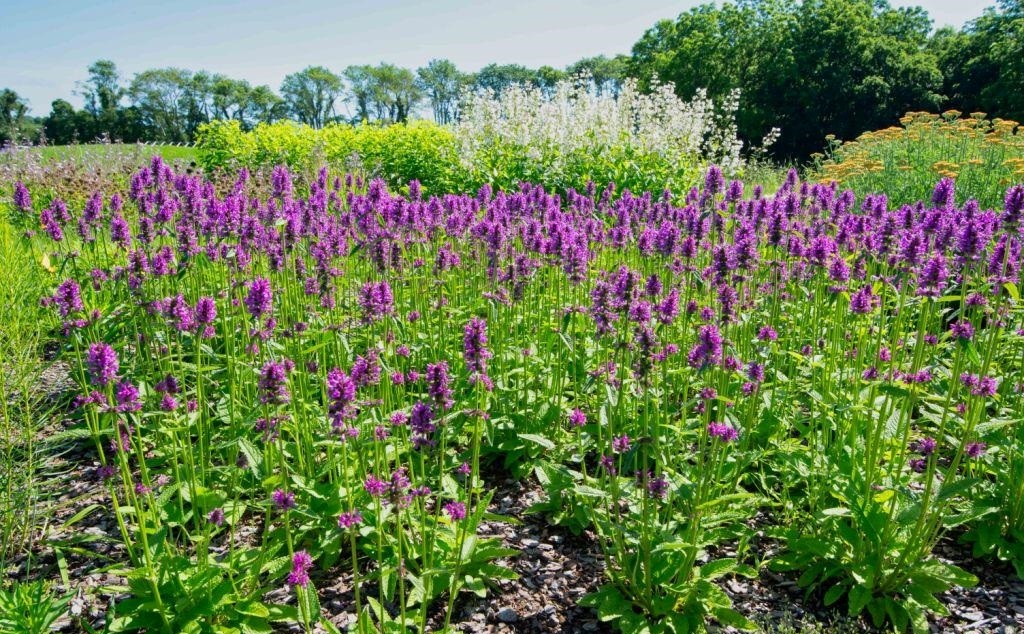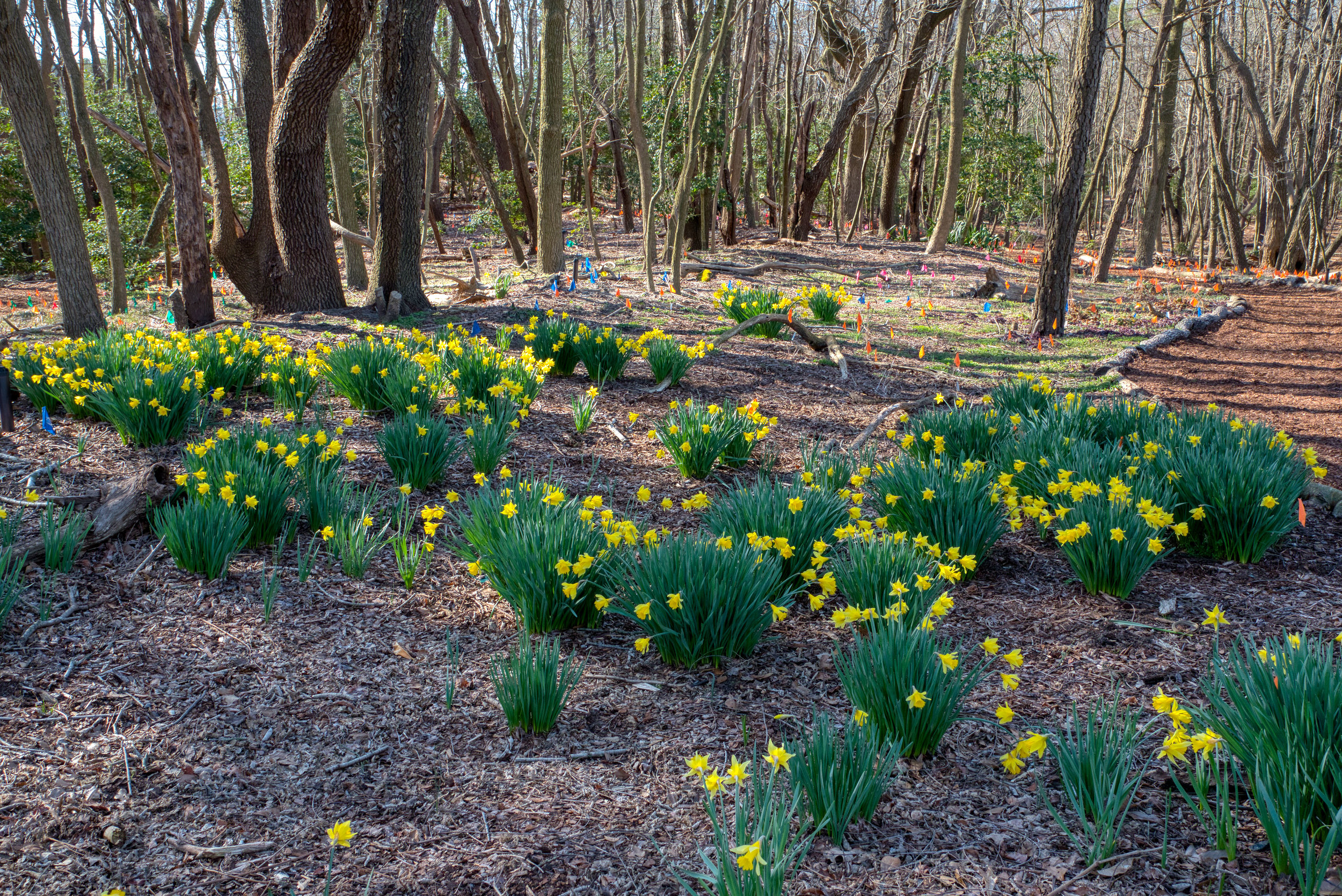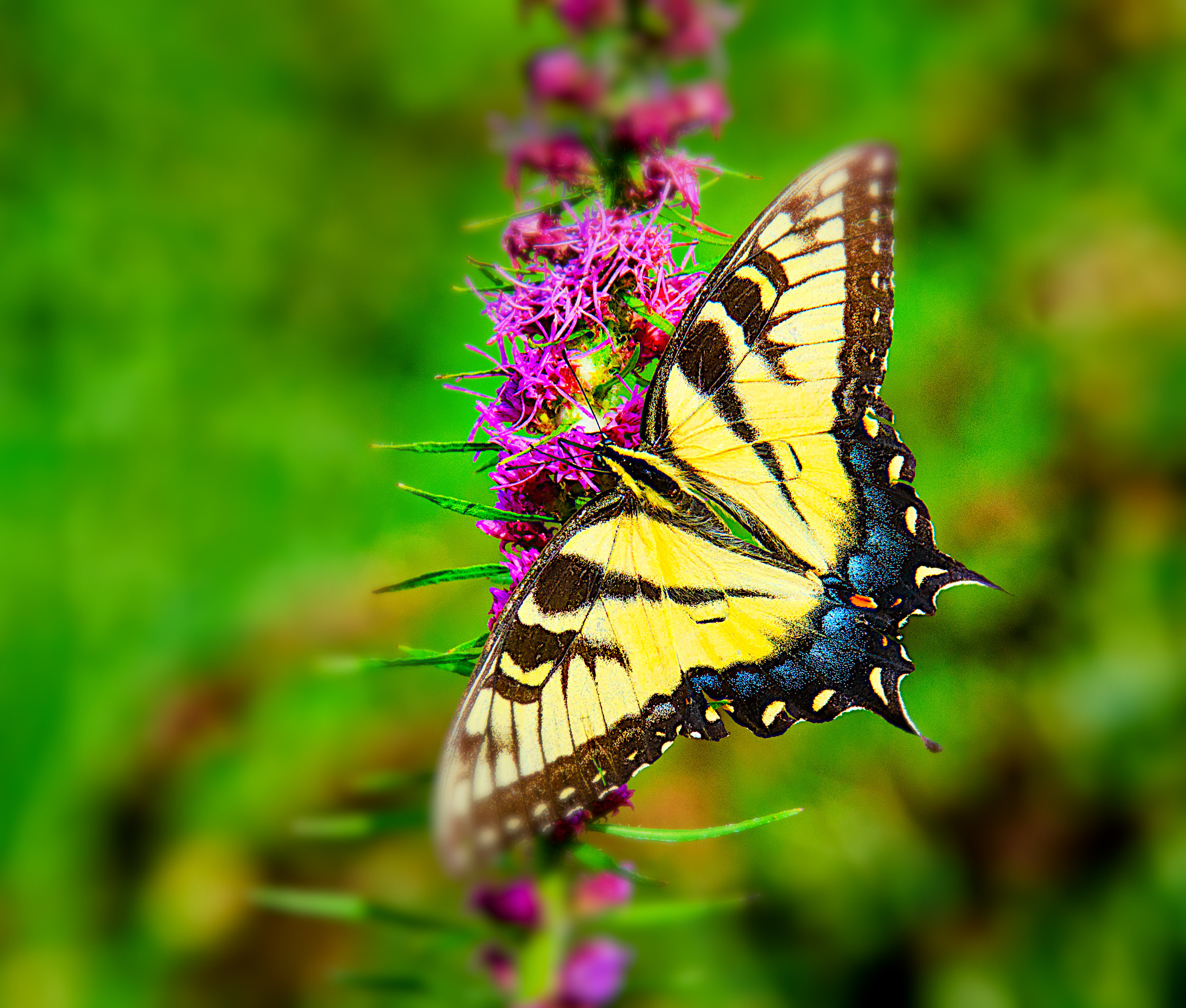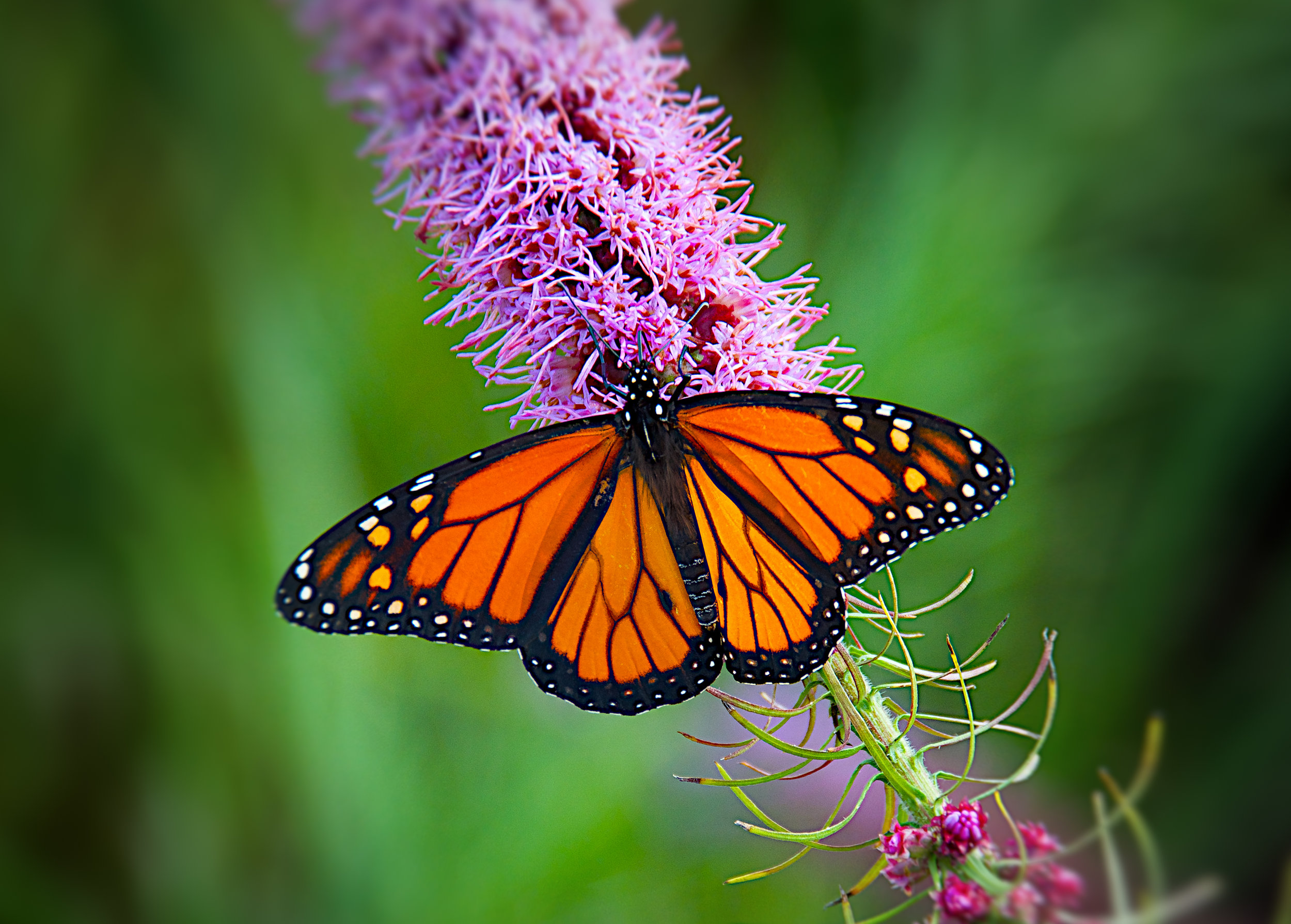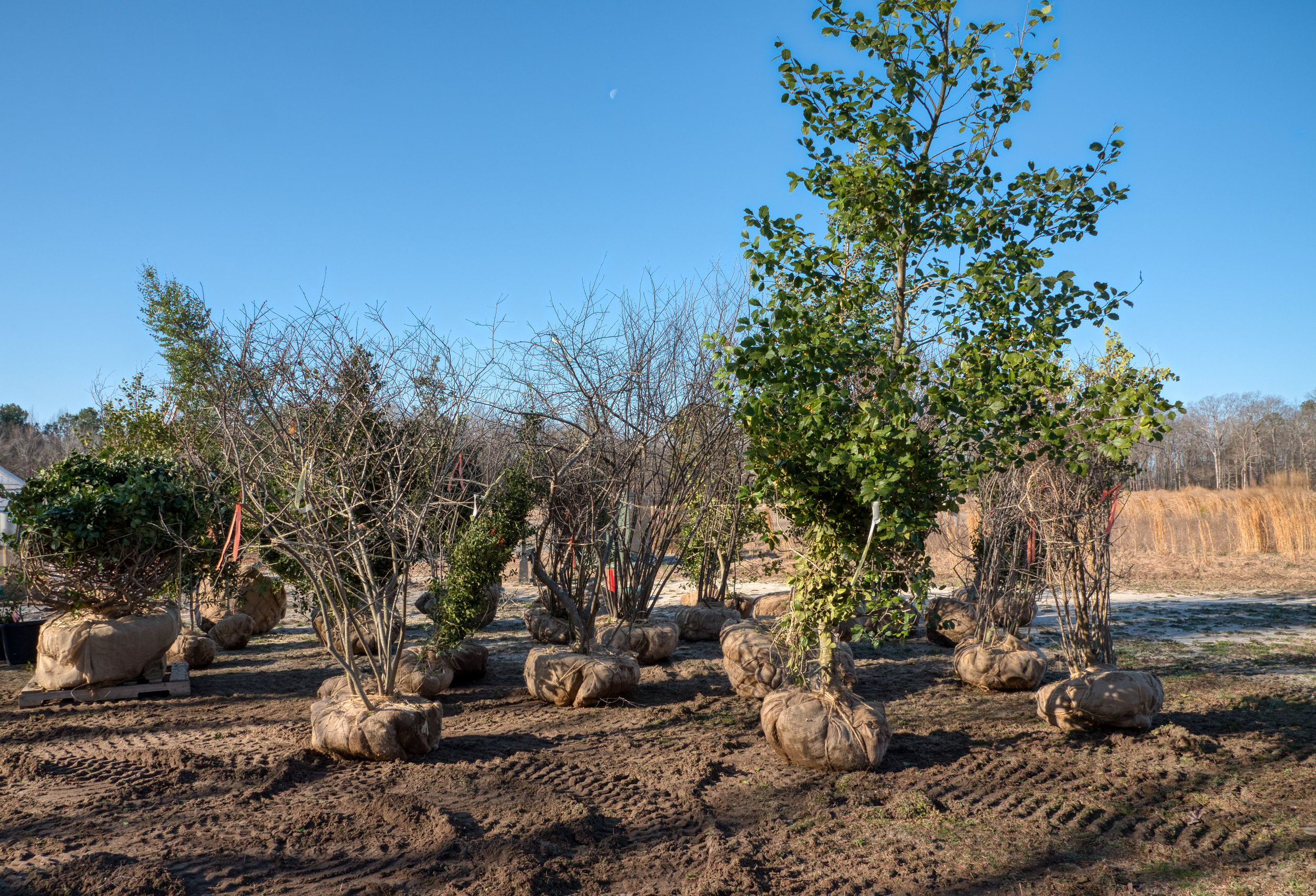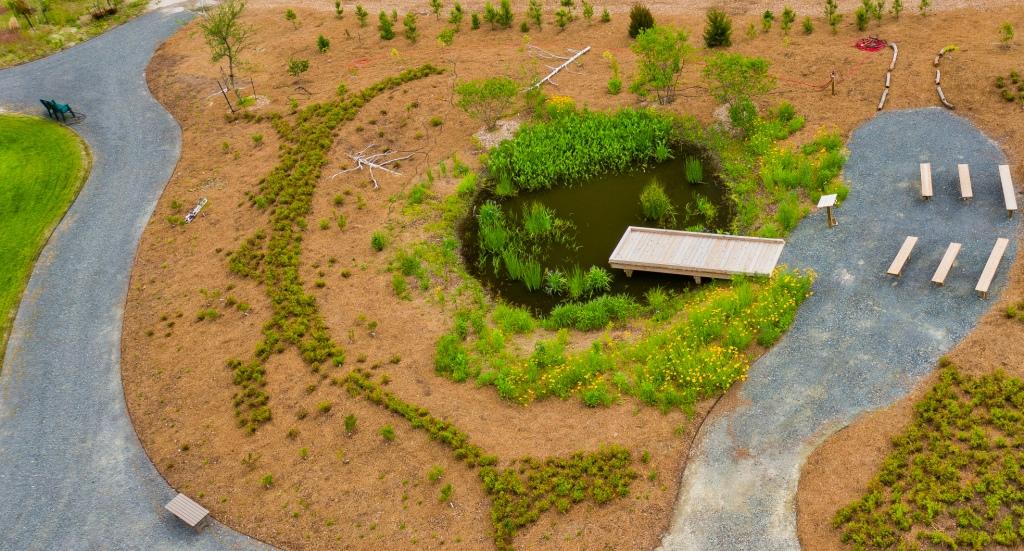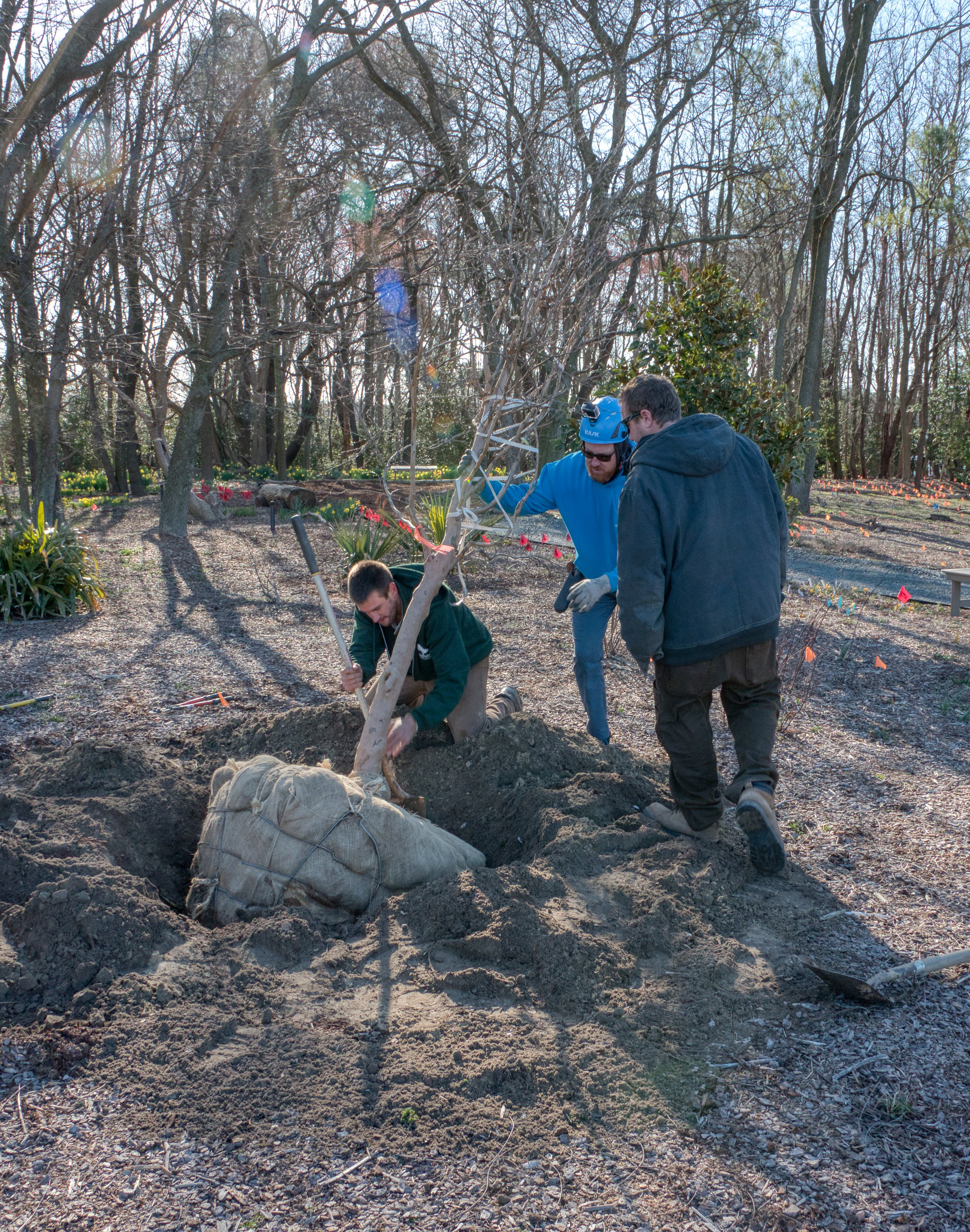Gardens are about the magic of beauty on our spirits:
A place for meditation, healing, and healthy exercise.
A place to walk, photograph, and watch birds,
butterflies, dragonflies, and wild animals.
A place to enjoy the multitude of beautiful flowering
plants and trees through their seasonal changes.
“This topographically unique site will enable us to showcase the horticulture and ecosystems of our region’s coastal plain.”
Now and in the future, come walk with us . . .
. . . through some of the areas already created and others envisioned for the Delaware Botanic Gardens, as shown below in the plans for the site's coastal plain topography. The parcel has an ideal mix of plateau, woodlands, and more than 1,000 feet of tidal waterfront on Pepper Creek. The gardens offer professional horticultural displays that create a sense of place for southern Delaware while they educate and engage the public and inspire conservation of its unique ecological habitats. Activities include many interactive programs for all, on land and around the water: walking tours, educational classes, art in the landscape, special events and in the future weddings in the gardens. Even in colder weather, visitors are able to take a walk through the gardens and enjoy plants with seasonal and winter beauty.
Discover what is planned for the Delaware Botanic Gardens. The Master Plan for our gardens was created by Robinson Anderson Summers, Inc, Landscape Architects. To download the master plan, click the plan cover below.
Four environments. Three topographical attributes of the 37-acre site guide the gardens and buildings: a 25-acre flat uplands plateau highlighted by an innovative meadow created by world famous plantsman Piet Oudolf, a 12.5-acre sloped woodlands with freshwater wetlands, and 1,000 feet of waterfront with tidal wetlands on Pepper Creek. Added to these will be a fourth environment: a freshwater pond on a section of the plateau. This series of diverse gardens will be revealed in an order and a pace determined by the visitor.
New plants and habitats. The garden adds to the former farmland thousands of new trees, shrubs, vines, and herbaceous perennials, primarily native, that thrive in the coastal plain. All of the garden galleries, especially the Woodland Gardens and the Meadow, are hospitable environments for native and migratory birds. The garden is already becoming a primary viewing location for birding enthusiasts.
Great Lawn. After the welcoming plantings surrounding the entrance in the Rhyne Garden, the next space that visitors see as they come through the Welcome Center is the beautiful Piet Oudolf Meadow and the great lawn. A 360-degree view of the garden allows them to select the direction of their journey. A wide range of outdoor events—including weddings, graduations, art exhibits, garden shows, and farm dinners—will eventually be held here.
Freshwater Pond and Gardens. A well-fed water feature of approximately three acres is planned and will offer a pond arranged around a gently curving waterway. Surrounded by hardy aquatics and emergents, this water feature will add hundreds of riparian plants that appeal to the many species of wildlife in southern Delaware, furthering this vital habitat. Two bridges will cross the water to connect to an island planted with a specialty garden. Waterfalls may be added in a later phase.
Children’s Discoveries. Spaces will be developed to enhance children's exploration and discovery of nature. There will be places to climb and hide, plants that appeal to all senses, birds and wildlife, textures from water to turf and soil. Elsewhere in the garden, water will play an important role for kids, from an outdoor freshwater wetlands classroom to boat trips, maybe a splash pad and a dancing fountain. Educational items to take home, from seeds and starter kits to bird feeders, carry on the garden’s lessons.
Demonstration and Display Gardens. Various plantings throughout the garden will present the place of farming in Sussex County across the centuries, include a teaching garden oriented toward the farm-to-table movement, and display an edible garden, with seasonal plantings and perhaps a small kitchen for classes and demonstrations. A local beekeeper has already expressed an interest in building hives to demonstrate pollination. A labyrinth will challenge visitors with a circuitous path lined with fragrant herbs and colorful flowers. Areas will be specifically designed for people with special needs, for example, plants that can be experienced through touch and fragrance for visitors with visual impairment. Current features of the garden are ADA accessible, allowing the physically challenged to experience the wonders of gardening.
Meadow Gardens. Taking advantage of the upland plateau’s openness, a spectacular meadow filled with broad bands of native grasses and seasonal flowering blooms forms the sweeping center of the site and the gateway to the Woodland Gardens. Herbaceous plant species native to Delmarva and surrounding areas are featured in a breathtaking design. This open garden, designed by the internationally acclaimed Dutch plantsman Piet Oudolf, supports thousands of pollinators, butterflies, and birds. One of the primary objectives of this space, located in the Atlantic Flyway, is to encourage the bird population and the insects they need to survive. A portion of the Meadow especially attracts butterflies and hummingbirds.
Woodland Gardens. The garden’s most striking natural feature is a relatively undisturbed, heavily canopied, stratified forest, whose 12.5 acres stretch along the site's southern boundary and slope gently down to the 1,000-foot frontage on Pepper Creek. The forested wetlands offer natural venues for ferns and moss and showcase the unique plants and wildlife that thrive in this moist habitat. A large boglike area here, one of the most threatened of all habitats throughout Delaware and the East, act as a safe preserve for vanishing species and propagate many highly endangered native plants. A pinery demonstrates the richly diverse textures and colors of the five pines native to Delaware, with a shrub and herbaceous layer of plant species unique to this acidic habitat. Nearby a walkway leads to the Knoll, a gathering area and a promontory for viewing the placid Pepper Creek.
Pepper Creek. At the Woodlands’ 1,000 feet of shoreline, Pepper Creek is a briny mix of salt water and fresh water. The eight-mile-long creek originates near the Cypress Swamp in southern Delaware, 3 miles north of the Delaware-Maryland state line. It flows from the DBG shoreline into the Indian River Bay. An Observation Deck has been added near the The Point where visitors may gather to view the birds flying around the creek.
Walking trails. One of the garden's special features are gently curving and relatively flat paths that wind throughout the 37 acres. The paths are designed to be ADA compliant, allowing access to the special garden features along Pepper Creek.
Garden galleries. Plantings throughout the site offer a continuous botanical journey around and through the garden. All are consistent with DBG’s plant collection policy of featuring the horticulture of the Atlantic coastal plain.
The Delaware Botanic Gardens fulfills its mission to increase habitat and species diversity and productivity, providing an important ecological benefit to southern Delaware.
“Situated as it is at the center of the temperate zone which serves so optimally for a wide variety of plant growth, Sussex County offers a naturally advantageous location for a botanic garden that would attract visitors and tourists and further add to the quality of life for those of us who live here.”
Banner photograph: Rendering of the planned visitor center for the Delaware Botanic Gardens, designed by Lake/Flato Architects. Gallery photographs by Ray Bojarski.
